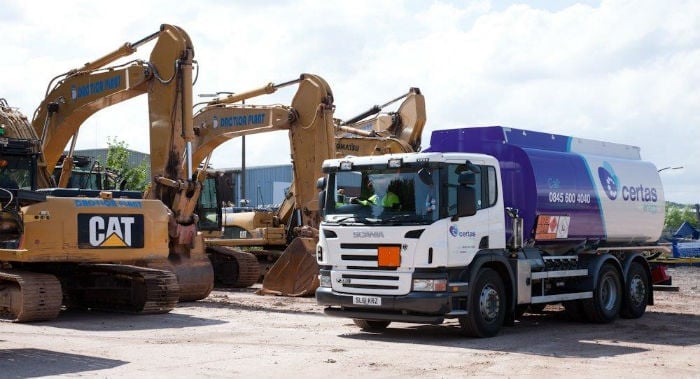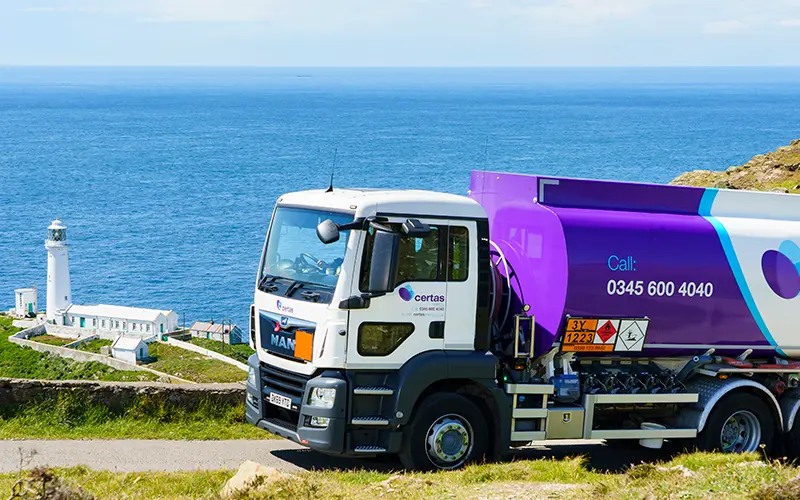The construction industry is under increasing pressure to do more with less. By maintaining valuable equipment and machinery with the right lubricant, it is possible to reduce unplanned downtime, improve productivity and ultimately reduce total cost of ownership (TCO).
However, when it comes to keeping your construction site moving, lubricants are often overlooked. In fact, a study carried out by Shell Lubricants found that 67% of companies did not believe that selecting a higher quality lubricant could help reduce unplanned downtime and 54% did not expect that it could help cut maintenance costs.
One of the key barriers to choosing the right lubricant is a lack of training and understanding about the specific lubrication needs for each piece of construction equipment. Different original equipment manufacturers (OEMs) have defined minimum requirements for lubricants and greases but not all products will meet these standards.
There’s no doubt that it can be confusing choosing the right lubricant but it doesn’t have to be.
Choosing the right lubricant
Construction equipment and machinery often operates in harsh conditions and in addition to the OEM specification, the equipment’s design, environmental conditions and environment all need to be taken into consideration when selecting the right lubricant. The main application areas for construction lubricants are the engine, hydraulic pumps and axles and transmissions which are all essential components for keeping machinery moving. Using the right lubricant helps to:
- Protect equipment from wear and tear due to extreme operating conditions, contact pressure and heavy loads
- Prevent oil thickening and abrasive wear caused by soot generation
- Neutralise acids and gases from the combustion process to prevent corrosion
- Extend oil life – fighting the effects of oxidation, soot accumulation and oil thickening
- Control contamination from dust and dirt which helps to avoid equipment failure
Ultimately, using the right lubricant helps to reduce the frequency of breakdowns and time spent on maintenance and spare parts. Lubricants that successfully limit friction can also cut the amount of power required to operate and cool equipment, helping to reduce energy costs.
Lubrication management
Even the best lubricant cannot perform effectively if it is not applied and managed correctly. There are a number of key considerations when it comes to managing lubricant consumption and maintenance effectively including correct storage of lubricants to prevent contamination and preserve its performance characteristics. It’s also important to use the right amount of lubricant and at the right time – any delays in changing the oil can result in accelerated wear. Monitoring oil levels and regular sampling also helps to ensure the lubricant is still working properly and there are no early signs of wear.
Buying cheaper lubricants may seem like its helping to cut costs in the short term but in the longer term it can lead to increased maintenance costs over time, which ultimately affects your bottom line.
At Certas Energy, we understand that you need to keep your machinery operating at maximum performance in all conditions. We offer a full range of hydraulic oils, engine oils and greases and other lubrications from leading manufacturer brands including Shell, Valvoline, Castrol and Gulf. Our range of products meet specifications for Caterpillar, JCB, Sany and Volvo and our technical teams support you in choosing the best-suited products for your equipment.To find out more about our range of lubricants for the construction industry, visit us at UK Construction Week on stand E120.
TAKE CONTROL OF YOUR FLEETS FUEL
Ready to start fuelling your business' success?
Steamline your fleet operations, control costs, and experience the benefits of Certas Energy Fuel Cards. Get in touch to start saving today.




